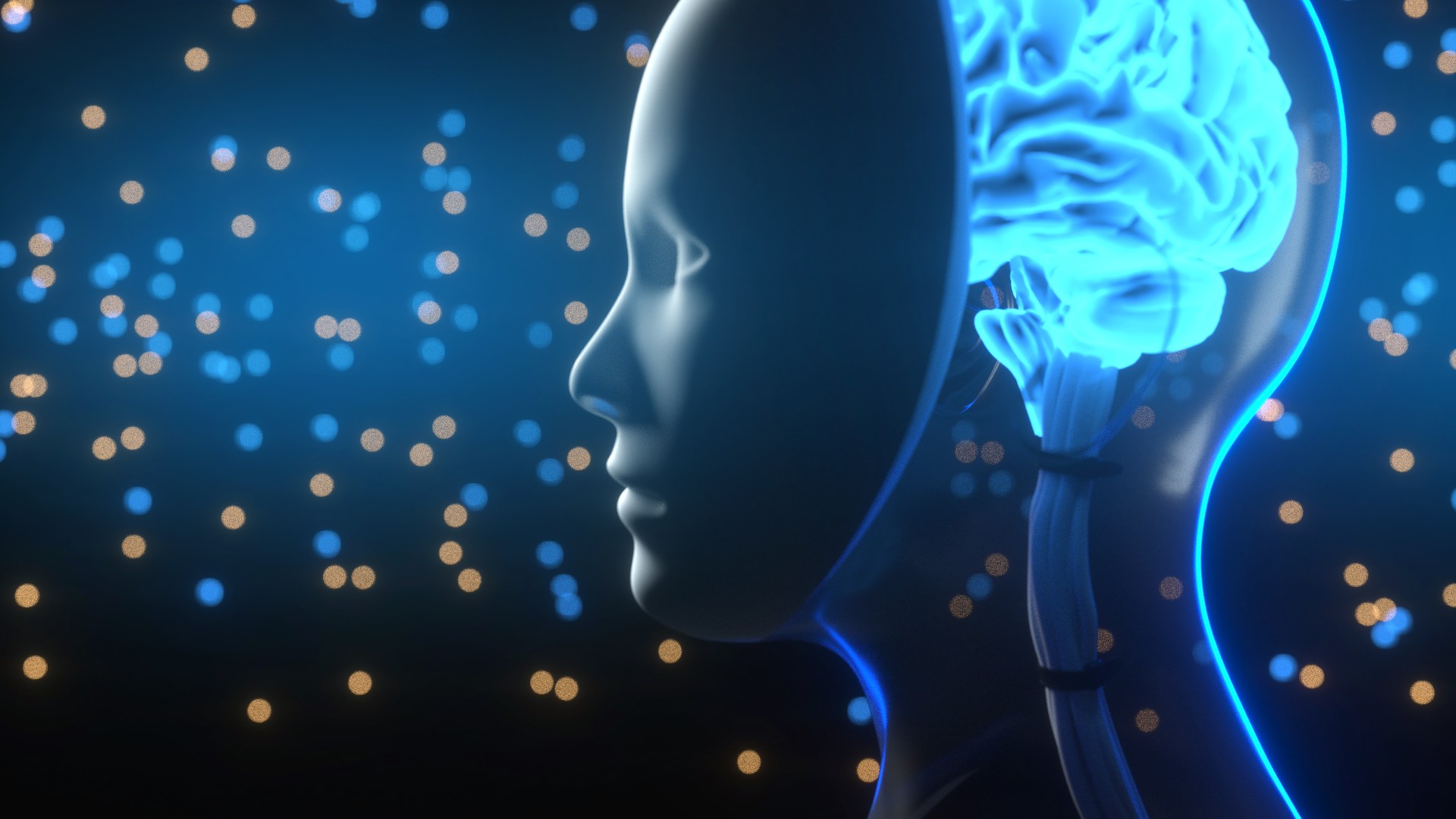CNN
A million bears walking on the streets of Hong Kong. A strawberry frog. A cat made out of spaghetti and meatballs.
These are just a few of the text descriptions that people have fed to cutting-edge artificial intelligence systems in recent weeks, which these systems — notably OpenAI’s DALL-E 2 and Google Research’s Imagen — can use to produce incredibly detailed, realistic-looking images.
The resulting pictures can be silly, strange, or even reminiscent of classic art, and they’re being shared widely (and sometimes breathlessly) on social media, including by influential figures in the tech community. DALL-E 2 (which is a newer version of a similar, less capable AI system OpenAI rolled out last year) can also edit existing images by adding or taking out objects
It’s not hard to imagine such on-demand image generation eventually serving as a powerful tool for making all kinds of creative content, whether it be art or ads; DALL-E 2 and a similar such system, Midjourney, have already been used to help create magazinecovers. OpenAI and Google have pointed to a few ways the technology might be commercialized, such as for editing images or creating stock images.
Neither DALL-E 2 nor Imagen is currently available to the public. Yet they share an issue with many others that already are: they can also produce disturbing results that reflect the gender and cultural biases of the data on which they were trained — data that includes millions of images pulled from the internet.
The bias in these AI systems presents a serious issue, experts told CNN Business. The technology can perpetuate hurtful biases and stereotypes. They’re concerned that the open-ended nature of these systems — which makes them adept at generating all kinds of images from words — and their ability to automate image-making means they could automate bias on a massive scale. They also have the potential to be used for nefarious purposes, such as spreading disinformation.
“Until those harms can be prevented, we’re not really talking about systems that can be used out in the open, in the real world,” said Arthur Holland Michel, a senior fellow at Carnegie Council for Ethics in International Affairs who researches AI and surveillance technologies.
Documenting bias
AI has become common in everyday life in the past few years but it’s only recently that the public has taken notice — both of how common it is, and how gender, racial, and other types of biases can creep into the technology. Facial-recognition systems in particular have been increasingly scrutinized for concerns about their accuracy and racial bias.
OpenAI and Google Research have acknowledged many of the issues and risks related to their AI systems in documentationand research, with both saying that the systems are prone to gender and racial bias and to depicting Western cultural stereotypes and gender stereotypes…



Connect with us on our socials: